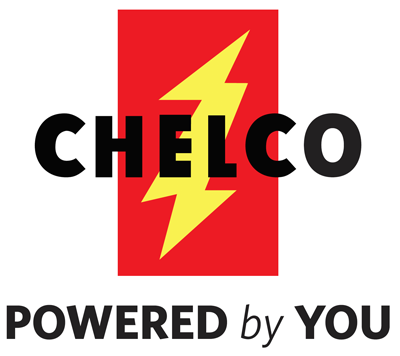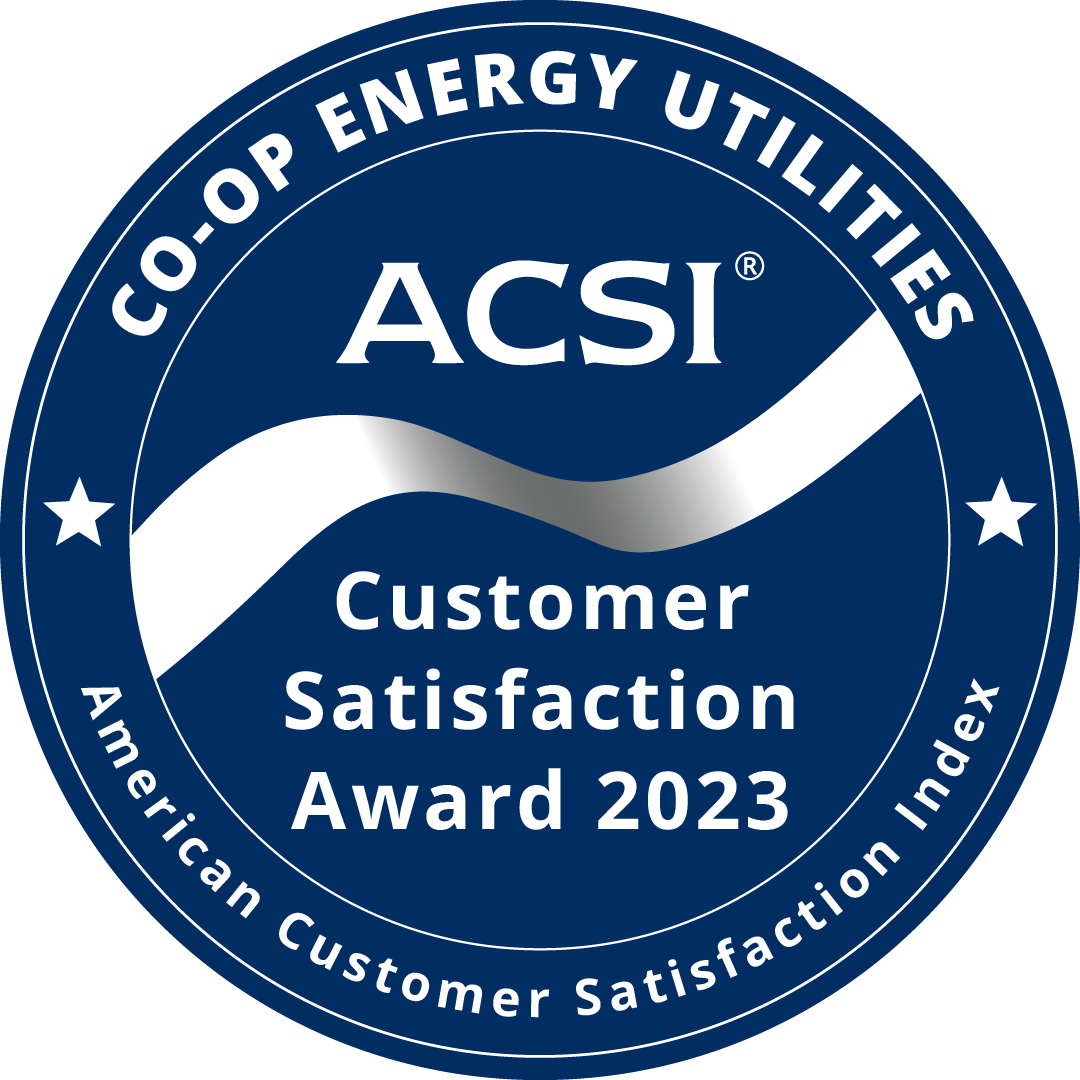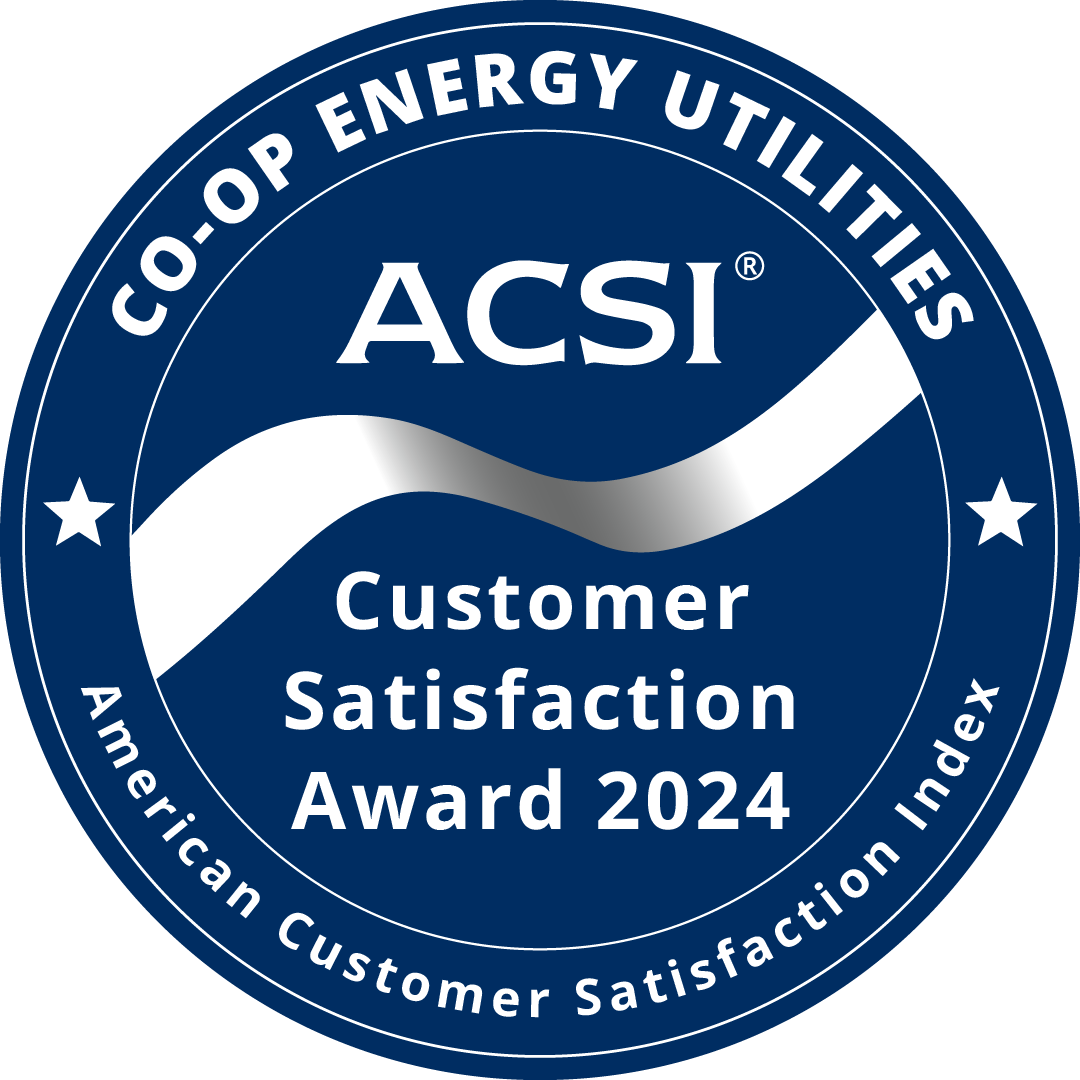What are capital credits?
As a member of Choctawhatchee Electric Cooperative, you are also one of our owners. You elect the board of directors and you have a voice in the way your co-op is managed.
Cooperatives exist to provide members with electric service on a not-for-profit basis. Investor-owned utilities, on the other hand, create a rate structure that will maximize their profits so they can pay dividends to their stockholders.
Cooperatives also collect more money than it costs to provide electricity, but in a co-op these margins do not belong to the corporation. These margins, called "capital credits," belong to individual consumers who pay their monthly electric bills.
These excess earnings are accumulated to provide financial stability for CHELCO. This financial stability helps keep rates at a competitive level. That money reduces the amount the cooperative has to borrow to operate, maintain and expand.
A Return On Your Investment
Each time you pay your electric bill you are making an investment in your cooperative. This excess capital is the only form of equity a consumer-owned utility has, and as it accumulates, it is assigned to each member’s capital credits account.
What capital credits are not:
Capital credits should not be confused with profits, which are a return on capital. Retirement of capital credits is a return of member-furnished capital. Cooperatives exist not to make a profit but to provide at-cost service.
How Are Capital Credits Disbursed?
Each year, the member-elected Board of Trustees determines if the cooperative is financially able to pay prior years’ capital credits back to the members.
This is done in two ways:
- Allocations are made annually for each member, based upon the amount of electricity purchased the previous year. An allocation is the amount set aside into a separate account to be used as operating capital for reliability improvements and maintenance over a period of years. Your allocation amount will be printed on your electric service bill, usually in April.
- A retirement is the amount you receive back as a capital credit refund. It is a percentage of your total capital credit balance. The percentage to retire is decided annually, based upon the financial needs of the cooperative.
Please call (850) 892-2111 or email memberbills@chelco.com with any questions regarding your capital credits.
CLICK HERE to search for unclaimed capital credits.
If you do not see your name when searching, you do not have any unclaimed capital credits.
No. Allocations are used as the operating capital of the cooperative. They are not available until a percentage is retired and refunded back to you as the cooperative’s financial condition warrants and the Board approves.
Remember that capital credit funds are used for expensive reliability improvements and maintenance—and these are long term investments. Capital credits cannot be refunded all at once because they help the cooperative remain financially sound, thereby ensuring a stable, reliable electric provider for the benefit of the members we serve.
Capital credit allocations are pooled together and used as operating capital so that we can serve our members with reliable power. These funds pay for expensive power reliability improvements and maintenance such as replacing power lines or building substations.
If we refunded the total amount of allocations, we would have to borrow that amount of money to continue operating. Having operating capital helps the CHELCO minimize the amount of high-interest money it must borrow, which in turn helps lower member’s costs by stabilizing rates.
When the cooperative is in sound financial condition and when there are excess funds left over at the end of a year, the Board of Trustees has the authority to approve a certain percentage of the capital credit funds to be retired (or refunded) to the membership.
The Board of Trustees determines the threshold for whether capital credit retirements are disbursed as bill credits or checks. Most recently, the threshold was $30. For example, all capital credit retirements under $30 were disbursed via bill credit, and all retirements above $30 were disbursed via check.
Cooperatives operate on a set of seven ethical principles that include a self-supporting system of operations. This system calls for a portion of any funds left over at the end of the year after all expenses are covered to be returned to those who used and paid for their services: the member-owners.
Capital credit allocations help a cooperative qualify for cooperative status under federal income tax law, which reduces cost to the member-owners.
Further, the capital credits system of allocations and refunds helps keep member’s rates lower by reducing the amount of debt we have to borrow.
Always keep CHELCO informed of address and telephone changes. Your capital credits remain on our books in your name until they are retired. Because capital credit retirements are made a number of years after the credits are earned and allocated to your account, you should always keep the cooperative informed of your current mailing address.
Capital credits cannot be fully refunded when you move because they are used for long term investments and operating the cooperative to provide reliable service to its members.
At this time, the only way an account can be fully retired is upon the death of the member.
You do not normally have to report your capital credits payment on your income tax. However, if you have questions concerning tax liability, contact the IRS or your tax preparer.



